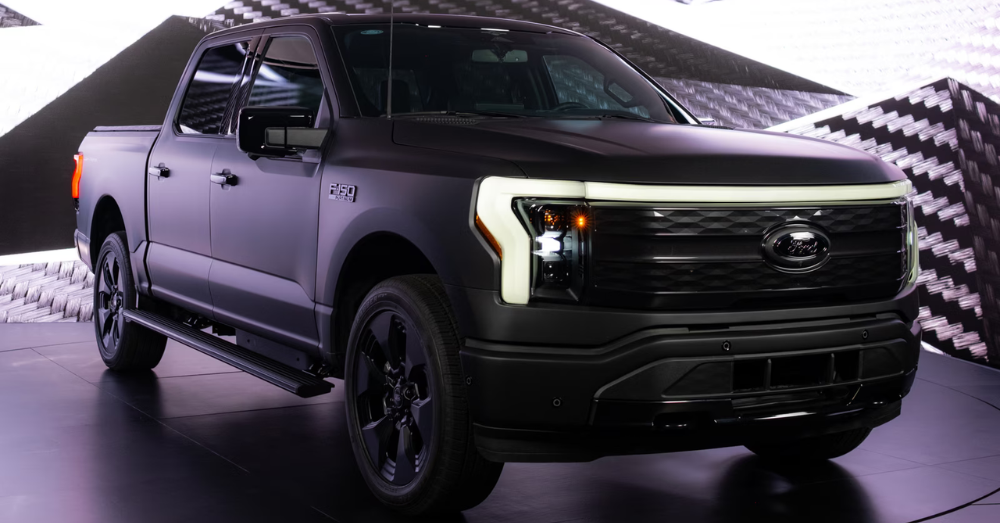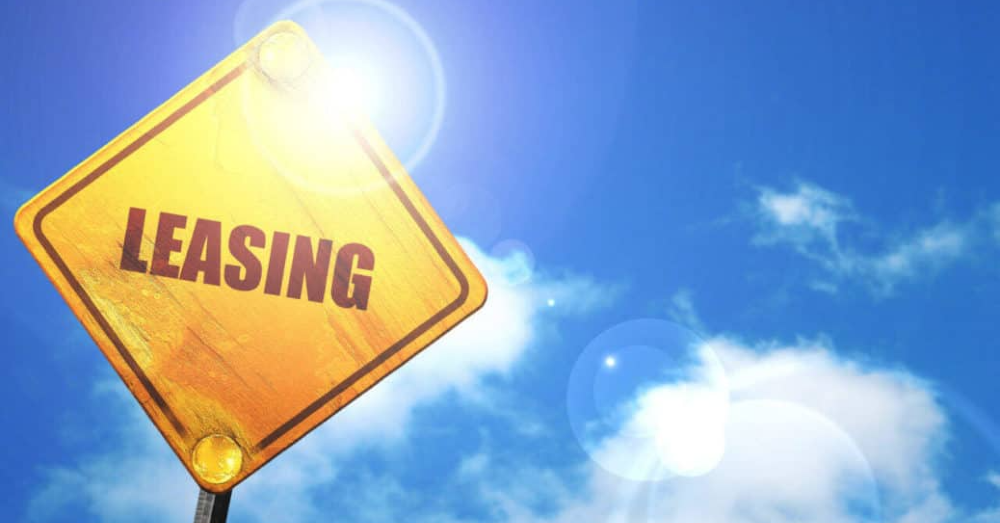A rate cut is always helpful for car loans and general affordability, but consumers won’t see a huge difference anytime soon. If you’re looking to buy a vehicle in the near future, the federal rate cut appears to be a good thing that might bring down interest rates on car loans. However, Bank of America analysts revealed that it might not impact borrowing costs all that much.
Is Relief Around the Corner?
Bank of America Securities recently released its auto industry overview that said relief might be around the corner, but it’s not coming sooner rather than later. It will likely take a series of rate cuts before consumers see any real improvement in more affordable car loans. The report revealed that soaring interest rates from the Fed’s attempt to fight inflation have negatively affected affordability.
The rate-hike campaign started in early 2022, and since then, the national average for a 60-month loan on a new vehicle has gone up 430 bps to 7.8%. It’s the highest level since 2001, and the average for over 20 years has been around 5.4%.
First Rate Reduction in Four Years
Bank of America predicted a smaller rate cut than what actually happened. However, the bank also revealed that any rate cut was unlikely to have immediate effects on auto loan rates. Consumers probably won’t reap the benefits from this rate cut or any subsequent ones until at least next year or later.
Since the first rate hikes in 2022, the average monthly payment for a new vehicle has gone up to $967, an increase of $108 per month from previously. Experts estimate that the average car payment will come down by roughly $20 for every rate cut of 100bps.
Car Financing and Ownership Still Pricey
An unpleasant surprise may await you if you’re shopping for car loans. A recent study found that most used car shoppers expect an interest rate between 0% and 5%, but just over half of car buyers who financed a used vehicle in July ended up with an interest rate between 6% and 11%. The study also found that prices for used and new vehicles are higher than buyers expect.
In general, car affordability probably won’t improve much anytime soon. Costs for auto insurance, maintenance, and fuel continue to soar. Aside from the cost of car loans and the sticker price of a vehicle, car ownership costs have risen drastically in recent years.
The average driver is now paying nearly $2,300 per year for full coverage auto insurance. Meanwhile, AAA reveals that drivers are paying nearly $1,500 more per year in 2024 vs. 2023 in vehicle expenses. Those costs don’t appear to be trending lower anytime soon, either.
Bank of America said that its Global Economic team expects a 25bp rate cut by the Fed every quarter after this most recent cut. The current rate is at 4.75% to 5% and the bank expects it to be in the 3.25% to 3.5% range by some point in 2026.



